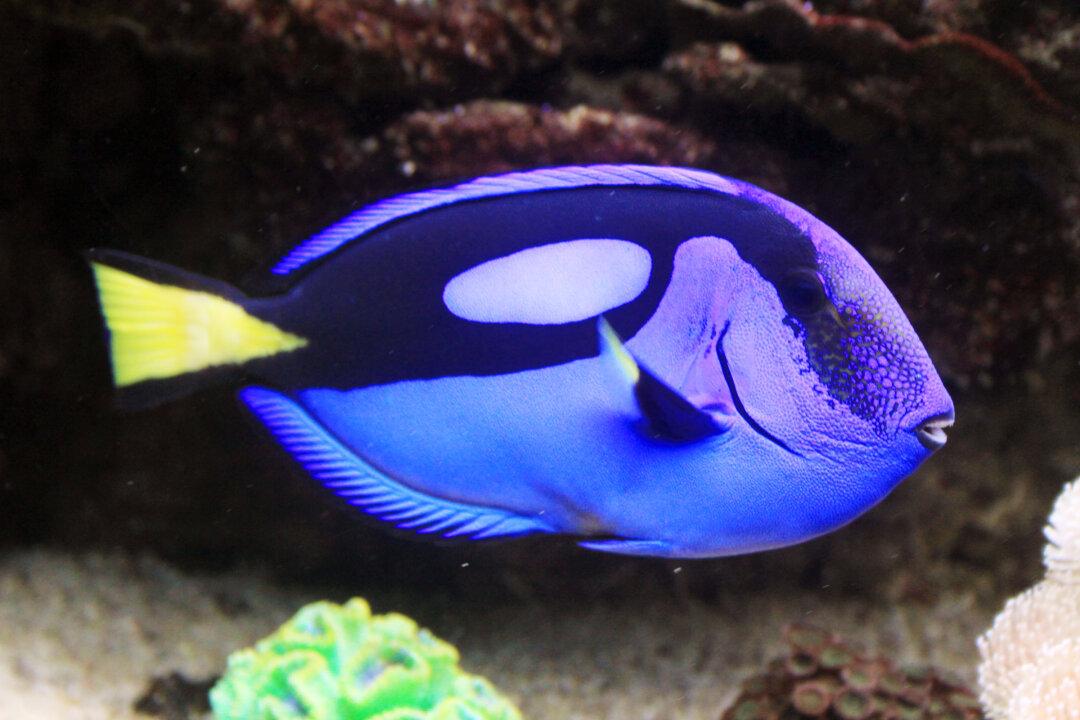In four weeks “Finding Dory” hits movie theaters. While producers have all the indications to hope it will be just as popular as its predecessor—“Finding Nemo”—some scientists have a good reason to fear it.
When “Finding Nemo” was released in 2003, the story about a dedicated clownfish searching the ocean for his son prompted many people to want a “Nemo” of their own.
The sales of clownfish spiked, while their populations on coral reefs simultaneously declined, according to researchers from the University of Queensland and Flinders University.





